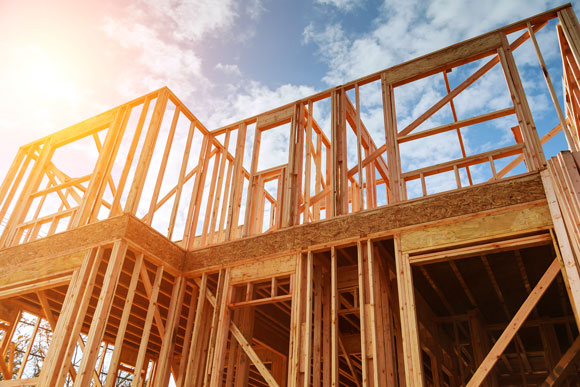Housing starts drop by 10.3% in frigid February; Fed holds off on rate hike
After what was a frigid month across the country, February housing starts declined in the US. February saw a historic chill in Texas and elsewhere in the region — in addition to inclement weather in other, traditionally colder parts of the country — that led to many losing power and a decline in natural gas production, among other impacts.
The MetalMiner Best Practice Library offers a wealth of knowledge and tips to help buyers stay on top of metals markets and buying strategies.
US housing starts fall 10.3% in February
With residential and commercial customers losing power across most of Texas last month, it’s not surprising that construction activity slowed.
According to the US Census Bureau’s latest report today, US housing starts reached a seasonally adjusted annual rate of 1.42 million. The February rate marked a 10.3% decline from the previous month.
Furthermore, the rate declined by 9.3% from February 2020.
Furthermore, single-family housing starts in February reached a rate of 1.04 million, or down 8.5% from January. In addition, the February rate for units in buildings with five units or more reached 372,000, the Census Bureau reported.
Building permits also decline
In addition, building permit authorizations declined in February by 10.8%, down to a rate of 1.69 million.
Meanwhile, single-family authorizations fell 10.0% to a rate of 1.14 million. Authorizations of units in buildings with five units or more reached a rate of 495,000.
Materials prices rise
Given the inclement weather in February, paired with a slowdown in China related to the Lunar New Year, it remains to be seen whether February should be viewed as a significant setback for the global and domestic economies or if it is merely a combination of the aforementioned factors. (For example, housing starts also fell in January but increased in December.)
Nonetheless, materials prices remain elevated and supply chains are strained by a bullwhip effect impacting a wide variety of products.
According to the Associated General Contractors of America, inputs for new residential construction have increased by 14% from April 2020 to February 2021.
Treasury yields hit highest level since January 2020; Fed holds on rate hike
Meanwhile, in other economic indicators, the US 30-year treasury yield reached 2.38% on Tuesday, its highest level since January 2020.
Elsewhere, the Federal Reserve released a statement today in which it again maintains the federal funds rate of 0-0.25%.
The Federal Reserve said it expects to maintain that rate until labor market conditions have “reached levels consistent with the Committee’s assessments of maximum employment and inflation has risen to 2 percent and is on track to moderately exceed 2 percent for some time.”
“Following a moderation in the pace of the recovery, indicators of economic activity and employment have turned up recently, although the sectors most adversely affected by the pandemic remain weak,” the Federal Reserve said. “Inflation continues to run below 2 percent.”
Financial conditions remain “accommodative,” the Fed added.
Find more insight on MetalMiner’s LinkedIn.




Leave a Reply